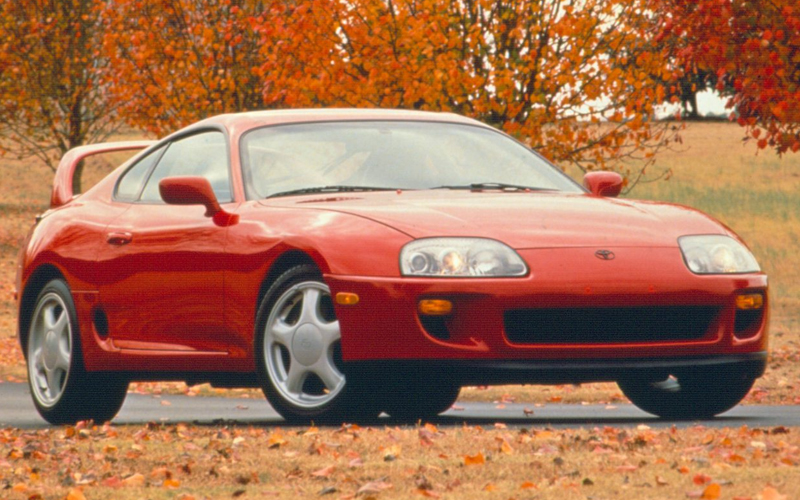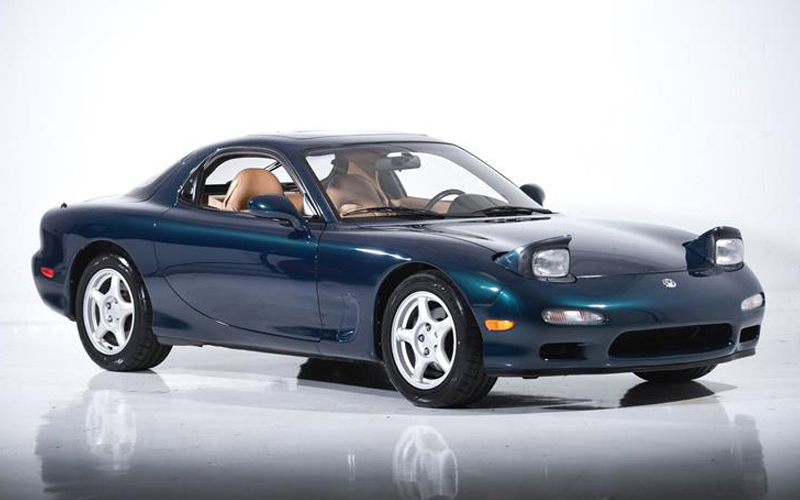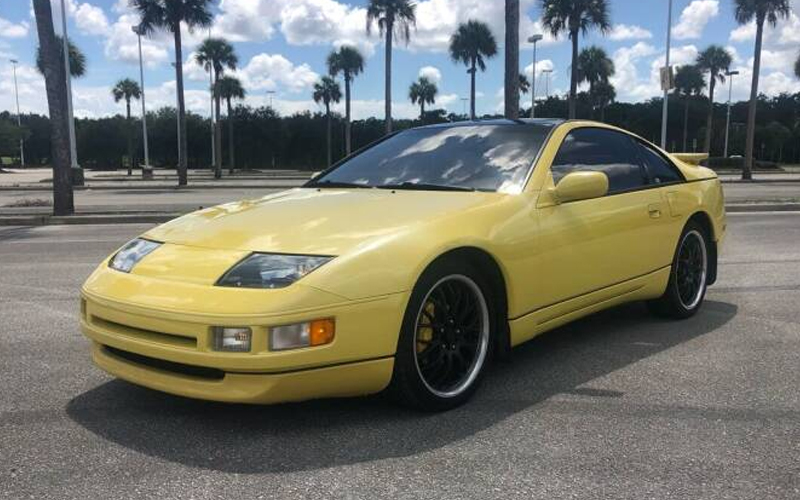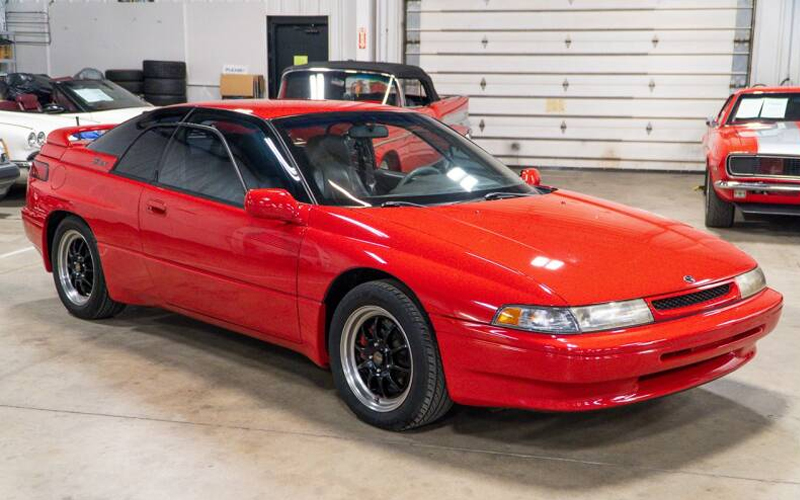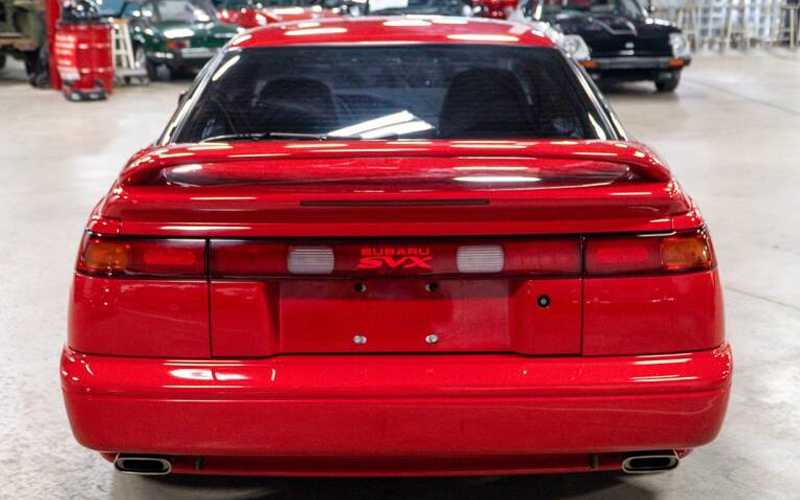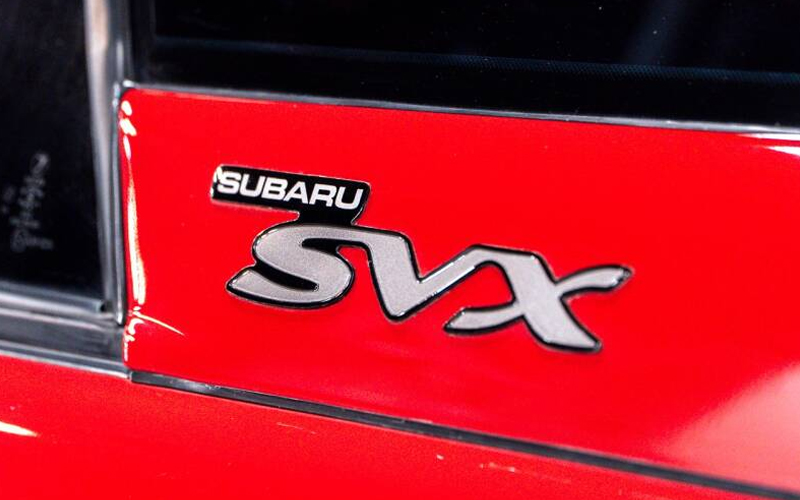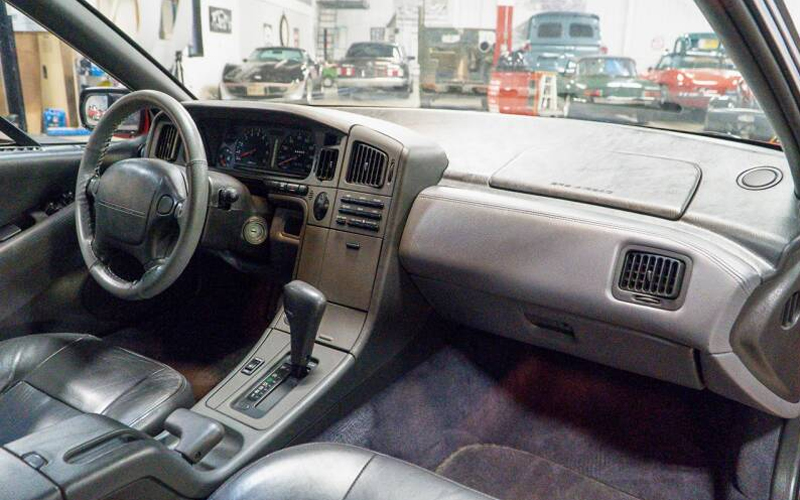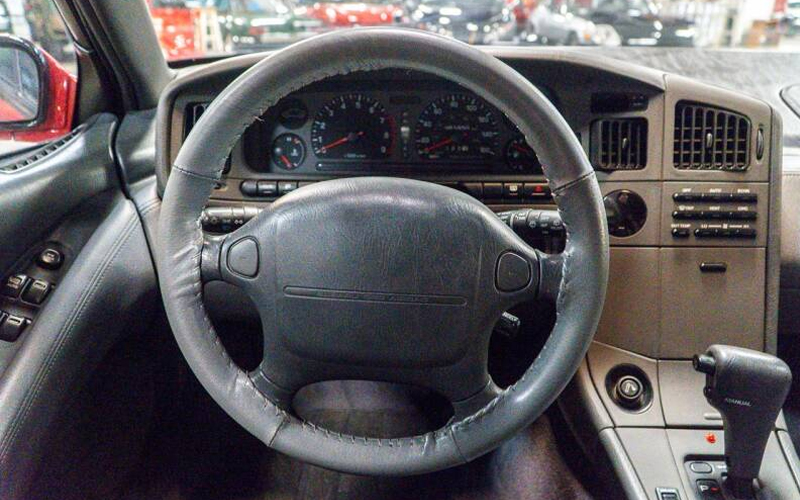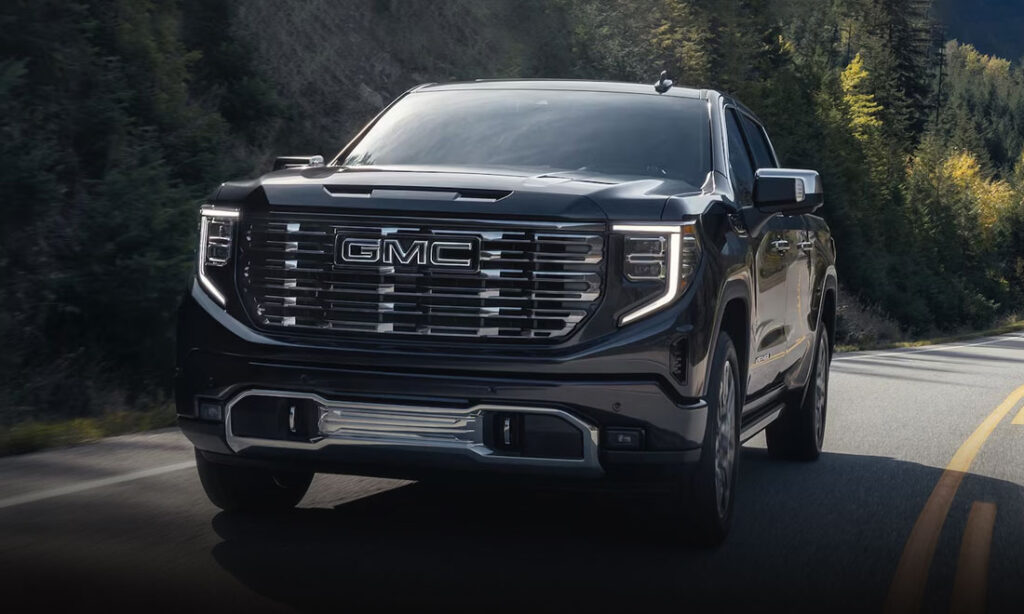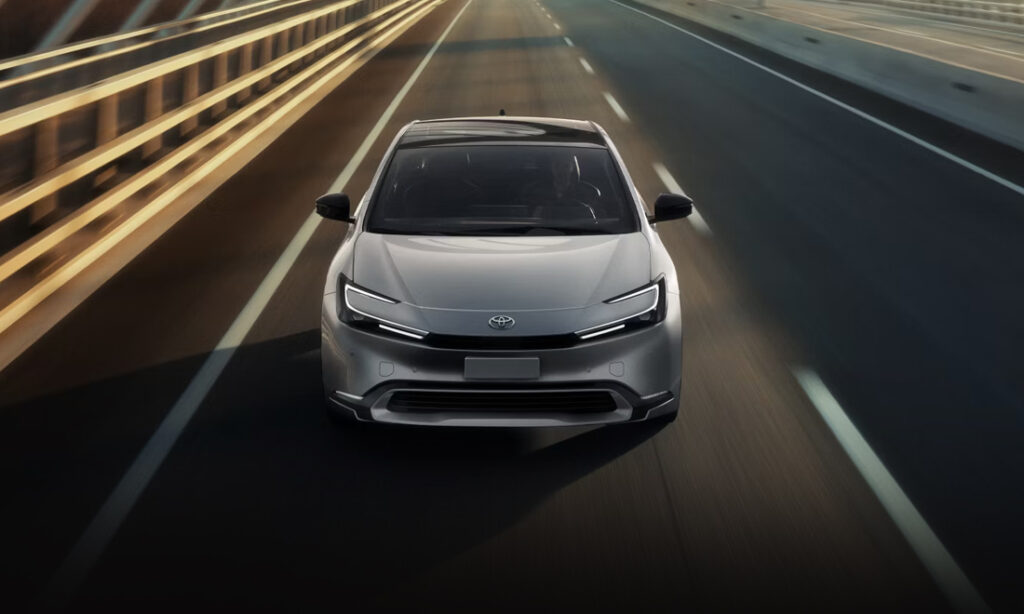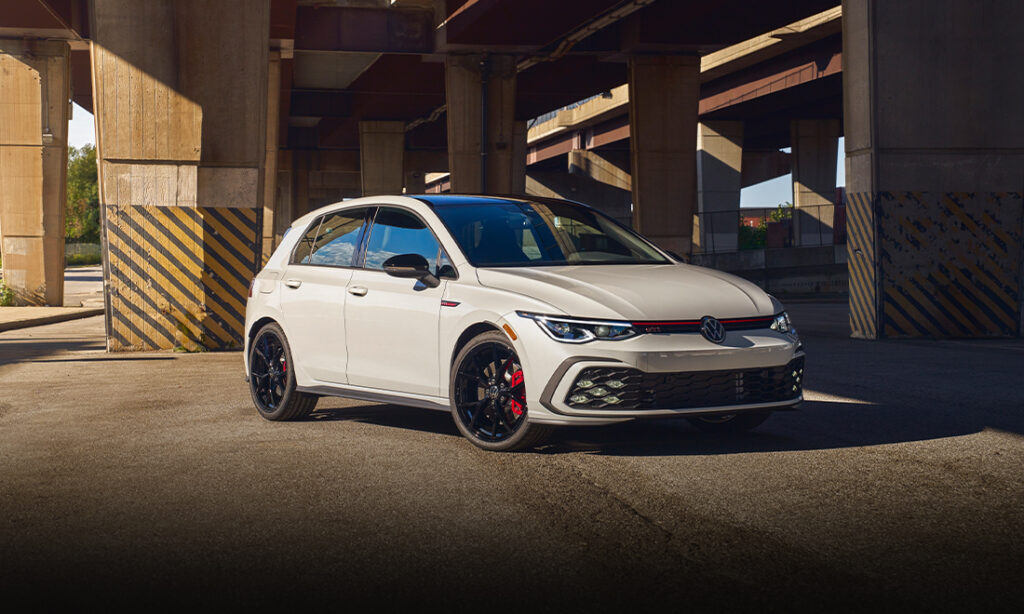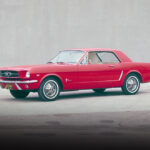Back in the early ‘90s, Japan’s quirkiest car company, Subaru, came out with an odd and audacious new sports coupe, the Subaru SVX. We dive deep into all that made it unique.
A Lesser Known JDM Legend
Subaru has always marched to beat of its own drum. From the Subaru 360 to the Brat and Baja, to the STI and Outback, the company has built its reputation on being a champion of the unconventional. In the case of the Outback, this “master-your-niche” approach has succeeded beautifully. But for every Outback there has been a Baja … or a Tribeca … or an SVX. Subaru is like the kid in little league that swings at every pitch. He may look silly a lot of the time, but he hits more homeruns than you do.
Back in the late 1980s and early 1990s, Japanese automakers were hitting a lot of homeruns themselves. Legends like the Toyota Supra, Nissan 300ZX, Mazda RX-7, and Acura NSX ruled the streets and inspired a generation of gearheads the world over. In 1989, Subaru decided to get in on the game, debuting their own two-by-two sport coupe, the SVX, at that year’s Tokyo Auto Show. It arrived on American shores in 1991.
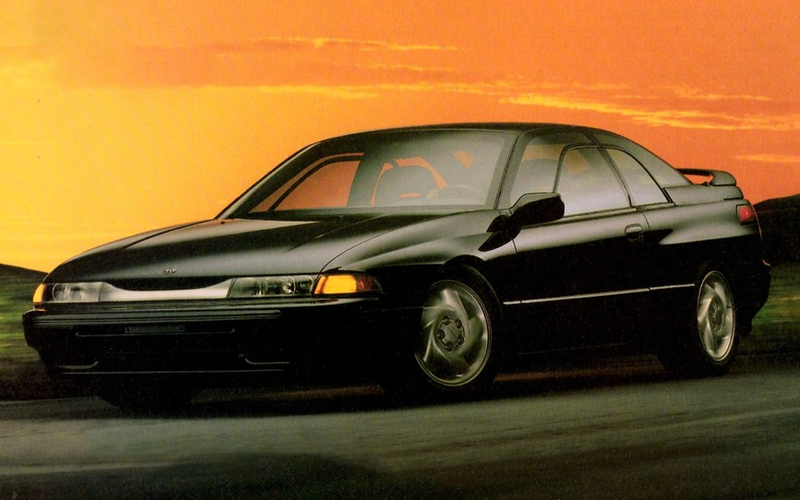
1992 Subaru SVX – carsforsale.com | Shop Subaru SVX on Carsforsale.com
[click_to_tweet tweet=”The Subaru SVX was and remains nothing if not compelling… #Subaru #RetroReview #SVX #JDM ” quote=”The Subaru SVX was and remains nothing if not compelling, both as a car and an automotive historical object.”]
The SVX was not like its JDM (Japanese domestic manufacturer) contemporaries. Rather than focusing primarily on performance, Subaru decided their new coupe would be a properly elegant GT car, complete with novel technological touches and unique styling. The Subaru SVX was and remains nothing if not compelling, both as a car and an automotive historical object.
Boxers or…
Like all proper Subarus, the SVX featured a horizontally opposed Boxer engine, specifically a 3.3L H6 making approximately 230hp and 228lb.-ft. of torque. And while that wasn’t necessarily underpowered for its day, the SVX weighed in excess of 3,500lbs.; a whole lot of car to move. The single transmission offering, a 4-speed automatic transmission didn’t help matters and is often cited as the vehicle’s primary mechanical weak point. While its 0-60 time of roughly 7 seconds wasn’t slow, it’s not fast either. But upper range pull wasn’t bad, with the engine and transmission operating at the happiest at higher revs. The SVX excelled at cruising, not crushing fools at the stoplight.

Even if the SVX never stacked up to the likes of the Supra in the power department, it still had plenty of notable mechanicals. Take the Subaru AWD with limited-slip rear differential. Power was normally split 90/10 front to back until slippage occurred when the SVX would then divide it 50/50 front and rear. The four-speed transmission’s “manual” mode (sorry no paddle shifters here) was a misnomer, it actually allowed drivers to skip first gear and start in second in case of snowy or slippery conditions. The SVX was also, for some reason, rated to tow up to 2,000lbs. That’s more than a modern-day Forester.
Those Who Drive Glass Cars…
The SVX’s exterior is chock full of ‘90s quirks and interesting styling cues. It doesn’t look like any Subaru before or since. That is not just due to the specifics of the project, building a two-by-two GT car, but also because of who designed it for Subaru, none other than Giorgetto Giugiaro. As a car designer, Giugiaro was both prolific and hugely influential. His work encompasses dozens of designs including those of the VW Golf Mk I, DeLorean DMC-12, Maserati Ghibli, Lotus Esprit, De Tomaso Mangusta and, of course, the Subaru SVX.

Like many of Giugiaro’s other designs, the SVX was low slung and wedge-shaped. Its looks emulate those of other contemporary JDM sports cars while adding in a dash of Italian flair. The SVX has always demanded a doubletake, then and now. The rear featured a full light bar, including not just brake lights and turn signals but also a very subtle Subaru SVX badge across the trunk lid.
Perhaps the most notable design characteristic of the SVX is the use of glass. The SVX gets a two-tone color scheme, with the roof and rear deck blacked out, to give the impression of continuity from the windshield all the way to the rear spoiler in back. This is further accentuated by the deletion of the exterior A-pillar panel. In its absence, the windshield and door windows simply meet each other. Like the Lamborghini Countach and DeLorean DMC-12, the SVX’s windows also feature a window-in-window design, where only the lower portion actually rolls down. This might seem odd and dated, but it did have its advantages, it meant less wind buffeting and that you could roll down the window without getting rain in your face.
Concept Come to Life
Like the Pontiac Aztek, the Subaru SVX is a wonderland of concept car ideas that, improbably, made it to production. I say improbably, but then again, this is Subaru we’re talking about.
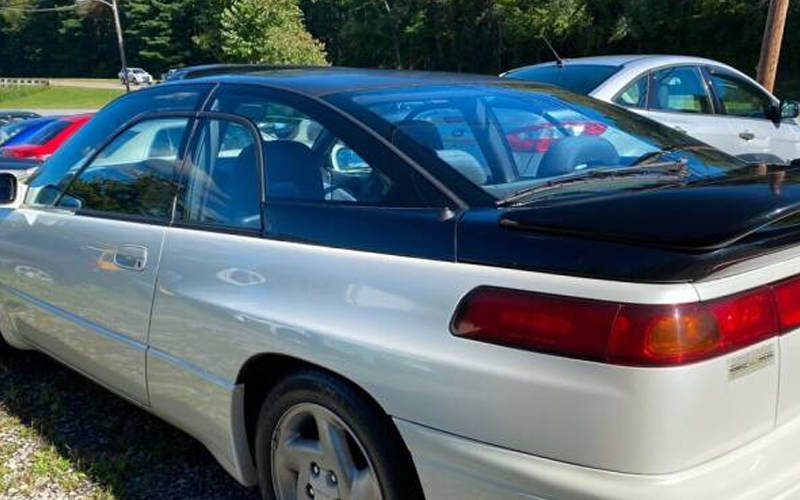
Take those double windows for instance. The weather stripping in between the panes meant the defogger vent, yes it had one for the door windows, had to be split into two about an inch apart, to cover both windows.

Or consider the automatic seat belts. While this design was a common, if annoying, feature in lots of cars in the early 1990s, its implementation in the SVX is unusual. That’s because regulations of the day called for the optional use of either an airbag or an automatic seatbelt. The SVX has both.
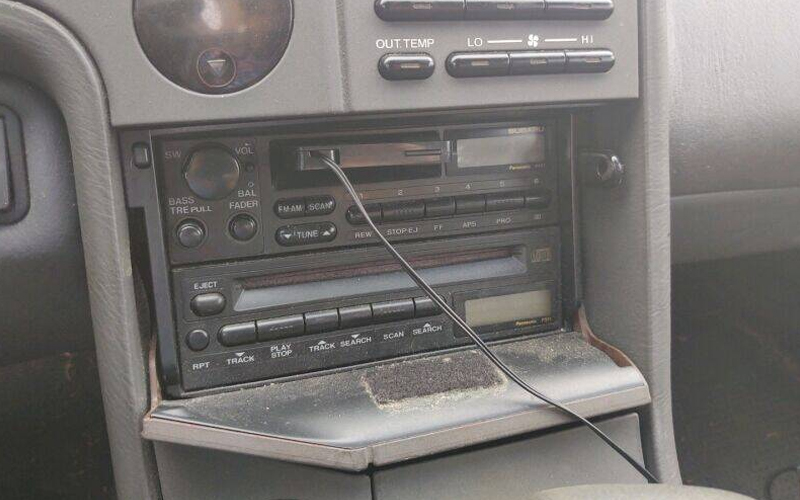
There are so many charming oddities in the SVX. Like the “deleted” stereo, hidden from view behind a soft-touch panel in the dash. And the round, digital temperature dial, angled toward the driver. There’s also the front of the dash and doors panels covered in Alcantara or the use of a rather chintzy-looking faux-wood in the upper LSi trim. The parking brake is even unique, sporting a spiffy shifter handle design. And then there’s the moonroof. Despite all that glass on the car, the moonroof is solid metal and only opens or closes.
Charming in Hindsight
The Subaru SVX was destined to face a sales challenge right out of the gate. It was, after all, unique to the Subaru brand. Sure, Toyota had recently upended expectations for what a Japanese brand could accomplish with its groundbreaking Lexus LS400. But Subaru had never fielded a “sporty” GT car before. So even though they called the SVX “the next logical step” for the company, Subaru struggled to find a coherent narrative around the car. In fact, the marketing snafus surrounding the SVX and other Subaru products of the early 1990s are the stuff of legend and even the subject of the classic non-fiction title Where the Suckers Moon by Randle Rothenberg.

A dodgy marketing strategy was just one of many headwinds for the SVX. Another was a price tag $10,000 over the next most expensive Subaru, the XT, which in turn was nearly that much more expensive than any other vehicle in the company’s lineup. Going back all the way to Malcom Bricklin’s importation of the first Subaru 360s in the late 1960s, Subaru of America had long been the “budget” Japanese brand. Getting people to fork over that much dough “for a Subaru?!” was difficult.
The combination of expense, confused marketing, and a relative lack of performance proved fatal to the Subaru SVX. Sales peaked in its first year, with 5,280 sold in the US in 1992, and dwindled down from there until it’s cancellation in 1996.
In the end, Subaru’s indominable optimism wasn’t enough for the SVX to succeed. But, like that kid in little league swinging at every pitch, Subaru’s optimism has always been its greatest charm, and its greatest asset; that willingness to take chances on novel ideas, no matter how half-baked.

1992 Subaru SVX – carsforsale.com | Shop Subaru SVX on Carsforsale.com


